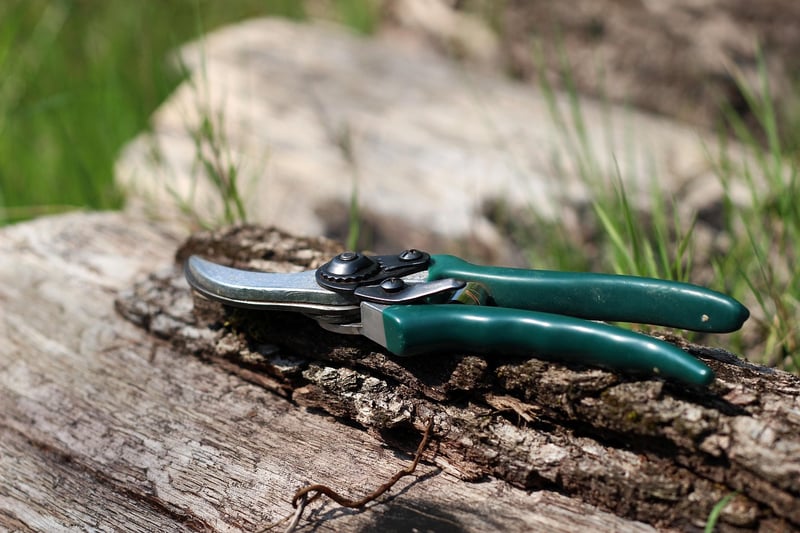Pruning techniques
Keeping Your Garden Healthy: Essential Pruning Techniques

Having a healthy garden requires proper care and maintenance, and one crucial aspect of this is pruning. Pruning is the process of selectively removing certain parts of a plant, such as branches or roots, to promote healthier growth. Here are some essential pruning techniques to help keep your garden thriving:
1. Deadheading
Deadheading is the removal of spent flowers from a plant. By deadheading regularly, you can encourage the plant to produce more blooms and prevent it from wasting energy on seed production.
2. Thinning
Thinning involves selectively removing branches or stems to improve air circulation and allow more light to reach the plant's interior. This helps prevent disease and promotes healthy growth.
3. Shaping
Shaping is the process of pruning to maintain the desired shape and size of a plant. This technique is often used for hedges, topiaries, and shrubs to keep them looking neat and well-manicured.
4. Rejuvenation
Rejuvenation pruning is more drastic and involves cutting back the entire plant to stimulate new growth. This technique is useful for overgrown or neglected plants that need a fresh start.
5. Timing
It's essential to prune at the right time to avoid stressing the plant. Different plants have different pruning requirements, so be sure to research the specific needs of each plant in your garden.
By incorporating these pruning techniques into your gardening routine, you can help ensure that your garden stays healthy, vibrant, and beautiful year-round.
For more information on garden care and pruning tips, check out Royal Horticultural Society.
